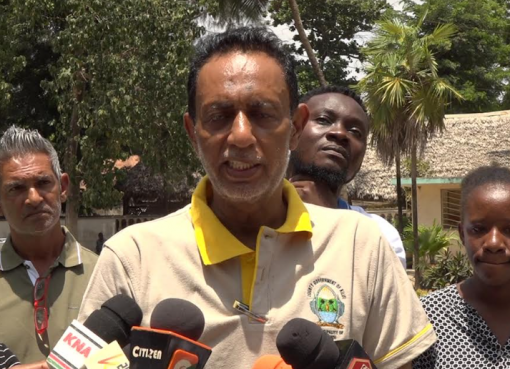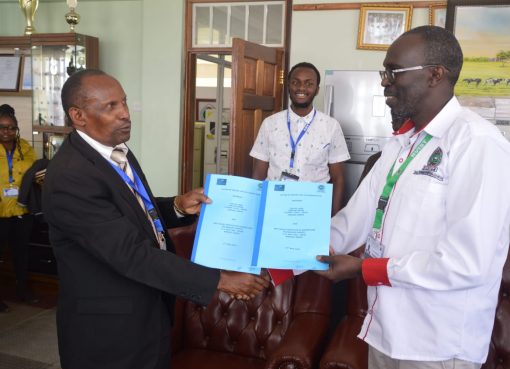For the past three years, Kenya has faced failed rain seasons consecutively resulting to prolonged drought, arguably the worst in 40 years.
So severe has been the drought that the National Government say it has rendered about 5,000,000 citizens to be in need of relief food support.
Moreover, there has been an outcry from every corner of the country as famine stricken families appeal for relief food from the government to save them from starving.
Images of dead and dying livestock due to drought that spared not even the wild animals had also been taking sizeable time on various media platforms.
The prices of agricultural products such as cereals, fruits and vegetables had on the other hand risen to an all-time high amidst scarcity in local markets due rain shortage and lack of water to irrigate the crops after many streams, rivers and dams dried up.
Surprisingly despite many big rivers and dams having borne the brunt of the cruel drought, streams on whose course indigenous wells abound did not dry up to the relief of residents who easily accessed water for domestic use and animals.
It is against this backdrop that a Nyeri environmentalist Peter Wamui has called on the government to secure and protect all indigenous wells to ensure water security during drought.
“Hii ni maajabu, angalia hii maji yote katika kisima hiki, Ilhali, mto Ithimuigi yenyewe imekauka,’’ (This is miraculous, see all this water from this well, whereas river Ithimuigi itself has dried up),’’ remarked Wamui while washing hands at the well.
Wamui said just like rivers and streams, wells are a natural resource and those who have alienated them claiming they are situated on their parcels of land should surrender them for public utility.
“If these wells are protected and well conserved through planting indigenous trees around them, they can produce enough water for home consumption and farming,” he stressed.
“This will in turn lead to food security during dry spells as well as reduce conflicts over water among residents,” he added.
And to give credence to his claims, the environmentalist accompanied KNA to Kariara well along Ithimuigi River that he said has been in existence as long as he could remember.
The enigmatic well located within Muthuthi sub location, Mukurwe-ini, Nyeri County has never run dry, even during the most known severest droughts in history.
History has it that this well was discovered in the 1940s when the great famine dubbed ngáragu ya Mianga (the cassavas famine) hit Kenya, then a British colony. During that dry period, all rivers and other sources of water in this region allegedly dried up safe for this well.
Later on in 1943, Jacob Wamui the then village headmen, aided the conservation of the well using stones with some area being apportioned to water the livestock and another for area residents to fetch domestic water from.
Wamui said from what he had gathered from area patriarchs, this facility triggered strong ties among residents of Kiamurathe, Kiirungi and Muthuthi-ini villages who converged here to water animals and fetch water.
However, in 1952 when the state of emergency was declared in Kenya, residents were clustered and confined into villages. This way, he added, some people destroyed the wall securing the well, where they took the stones for cooking and other purposes.
Nevertheless, the water still springs out from the ground thus leading to swampy vegetation onthe surrounding parcels of land.
Ngura village residents also pointed out that water from the well was used in the reconstruction of Ngura primary school in 2006 with the help from former Safaricom CEO Michael Joseph and then minister for Information Mutahi Kagwe. This was after the institution was destroyed by a strong wind on 25th, February 2006.
“This is my second time to experience such a vicious drought and this has shocked many since the sun has seared everything including the rivers and the green vegetation.
However, I am still grateful since water is still flowing from this mysterious well and it’s the only place where we can access the commodity, since all nearby water sources have dried up,” said John Githongo who lives in the vicinity.
By Lawrence Munyaka





